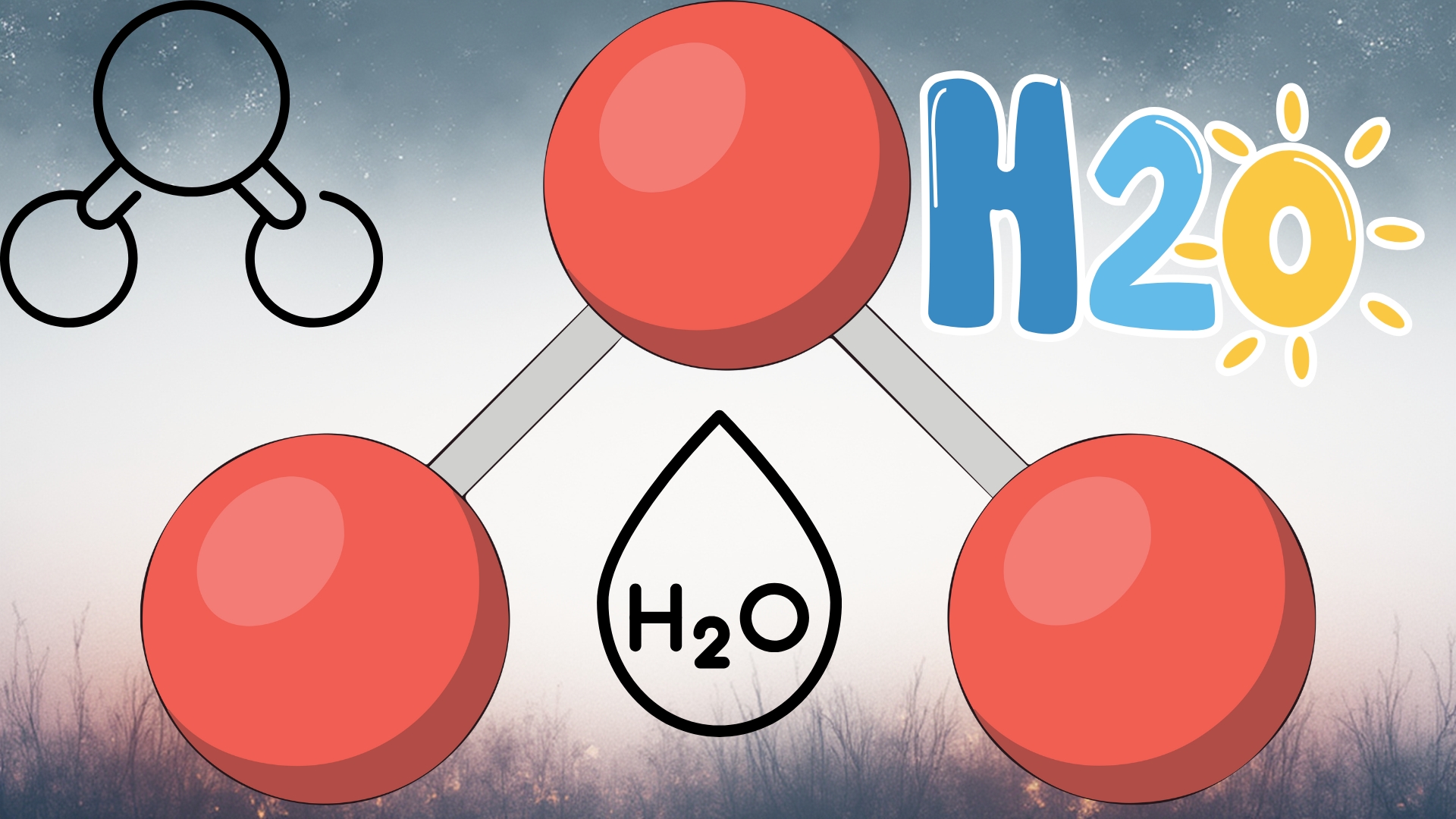Methyl formate hydrolysis is a reaction with water. The ester HCOOCH3 breaks down. It forms formic acid and methanol. The balanced equation is HCOOCH3 + H2O → HCOOH + CH3OH. In practice, acids or bases accelerate the process. The idea is simple. Water cuts the ester. Safer handling and clear labels matter.
Studies describe an addition–elimination pathway. Water or hydroxide attacks the carbonyl. Acid speeds proton steps. Base drives a one-way route to formate salts. Papers compare rates, pH effects, and heat needs. Reviews note industry value. Textbooks map each step. Data confirms clean products and good yields.
Picture cleaner fuels, safer textiles, and smarter recycling. This one reaction supports them. Start small. Use clear names. Check the equation. Choose an acid or a base to fit your goal. Then test, track, and scale. Simple moves create big wins. Ready to turn a “typo” into a tool?
What the Formula Means
The string “HCOOCH CH2 H2O” is a simplified way to write a chemical reaction. The “CH2” part is often a typo. The intended chemical is methyl formate. Its correct formula is HCOOCH3. The string describes the reaction of methyl formate with water. This process is called hydrolysis. Hydrolysis means a chemical breaks down because of water.
The reaction is methyl formate hydrolysis. When methyl formate (HCOOCH3) reacts with water (H2O), it splits. The reaction creates two new substances. These products of methyl formate hydrolysis are formic acid (HCOOH) and methanol (CH3OH). So, the jumbled string represents a fundamental chemical transformation.

The Balanced Chemical Equation
A balanced chemical equation shows the reactants and products. It provides a clear picture of the chemical change. The equation for methyl formate reacting with water is simple. It is a one-to-one reaction.
The reactants are on the left side.
- HCOOCH3: This is methyl formate. It is a type of ester.
- H2O: This is water.
The products are on the right side.
- HCOOH: This is formic acid. It is the simplest carboxylic acid.
- CH3OH: This is methanol. It is the simplest alcohol.
The balanced equation is:
HCOOCH3 + H2O → HCOOH + CH3OH
This equation shows one molecule of methyl formate. It reacts with one molecule of water. The reaction yields one molecule of formic acid. It also yields one molecule of methanol.
Reaction Mechanism Overview
Understanding the mechanism shows how the reaction happens. The hydrolysis of methyl formate is a classic example. It involves a nucleophilic substitution. Water acts as the nucleophile. It attacks the methyl formate molecule. First, the oxygen atom in water attacks the carbon atom in the carbonyl group (C=O) of the ester. This carbon is slightly positive. The oxygen is slightly negative. This attraction starts the reaction.
Next, a temporary intermediate structure forms. This structure is unstable. It quickly rearranges itself. A proton (H+) is transferred. Finally, the bond between the oxygen and the methyl group (CH3) breaks. The intermediate collapses. This releases a molecule of formic acid. It also releases a molecule of methanol. The process effectively swaps the methyl group (CH3) for a hydrogen atom (H) from the water molecule.
Conditions and Catalysts
This reaction can happen with just methyl formate and water. However, it is very slow on its own. To speed it up, a catalyst is used. A catalyst increases the reaction rate. It does not get consumed in the process.
Acid Catalysis
Acids are common catalysts for ester hydrolysis. Adding a small amount of a strong acid, like sulfuric acid (H2SO4), makes the reaction much faster. The acid protonates the carbonyl oxygen. This makes the carbonyl carbon even more attractive to the water molecule. This is a reversible reaction.
Base Catalysis
Bases can also catalyze this reaction. This process is called saponification. Adding a strong base, like sodium hydroxide (NaOH), is very effective. The hydroxide ion (OH-) is a stronger nucleophile than water. It attacks the ester directly. This reaction is not reversible. It produces a formate salt, not formic acid.
Industrial Uses
Methyl formate hydrolysis is important in several industries. Its products, formic acid and methanol, have many applications. We depend on this process for many everyday items.
Formic Acid Production
This reaction is a key step in making formic acid. Formic acid is used in livestock feed as a preservative. It prevents spoilage. It is also used in leather tanning. The textile industry uses it for dyeing fabrics. It can even be a component in some cleaning products.
Methanol Recycling
The reaction also produces methanol. Methanol is a valuable solvent. It is also a building block for other chemicals. In some industrial processes, methanol is regenerated through this hydrolysis reaction. This allows it to be reused. This creates a more sustainable and cost-effective cycle.
Other Applications
Methyl formate itself is a useful chemical. It is used as a fumigant for crops. It also acts as a blowing agent for some foams. Understanding its hydrolysis is key to managing its use and breakdown.
Safety and Handling
Working with these chemicals requires care. Methyl formate, formic acid, and methanol all have hazards. Following safety best practices is essential. Methyl formate is highly flammable. It has a low flash point. It must be stored away from ignition sources. Inhaling its vapors can irritate the respiratory system.
Formic acid is corrosive. It can cause severe skin burns and eye damage. Always wear protective gear. This includes gloves, goggles, and a lab coat. Proper ventilation is needed to avoid inhaling its fumes. Methanol is toxic. It can be absorbed through the skin. It can also be inhaled. Swallowing even small amounts can cause blindness or death. Handle methanol with extreme caution in a well-ventilated area.
Environmental Impact
The environmental impact of this reaction is mixed. Methanol and formic acid are biodegradable. They break down naturally in the environment. This is a positive aspect. However, spills of these chemicals can harm aquatic life. They can also contaminate soil and groundwater. Proper containment and disposal procedures are critical. Industries using these substances must manage waste streams carefully. This prevents environmental damage. Responsible use minimizes the negative effects.
Common Mistakes and Misreadings
The string “HCOOCH CH2 H2O” is a perfect example of a common mistake. People often write chemical formulas incorrectly. This leads to confusion. The “CH2” is the most likely error. The correct formula is HCOOCH3. The extra hydrogen and incorrect grouping change the molecule entirely. Always double-check chemical formulas.
Another common mistake is forgetting the role of water. Some people might see HCOOCH3 and think of it in isolation. But the presence of “H2O” in the string is a clue. It signals that a reaction with water is happening. Recognizing this is key to understanding the chemistry.
FAQs
What does HCOOCH CH2 H2O mean?
It is a shorthand, likely with a typo, for the hydrolysis of methyl formate (HCOOCH3) with water (H2O).
What are the products?
The reaction produces formic acid (HCOOH) and methanol (CH3OH).
Is a catalyst needed?
The reaction is slow without a catalyst. Acids or bases are used to speed it up.
Is this reaction dangerous?
The chemicals involved are hazardous. They are flammable, corrosive, or toxic. Proper safety measures are required.
Conclusion
Clarity in science is vital. The strange formula “HCOOCH CH2 H2O” shows how simple errors can create confusion. By breaking it down, we uncover a fundamental chemical process. The hydrolysis of methyl formate is more than just a reaction. Understanding this chemistry gives us a window into how we produce materials for agriculture, textiles, and manufacturing. This knowledge empowers us to handle chemicals safely. It also helps us appreciate the elegant transformations that build our world.

